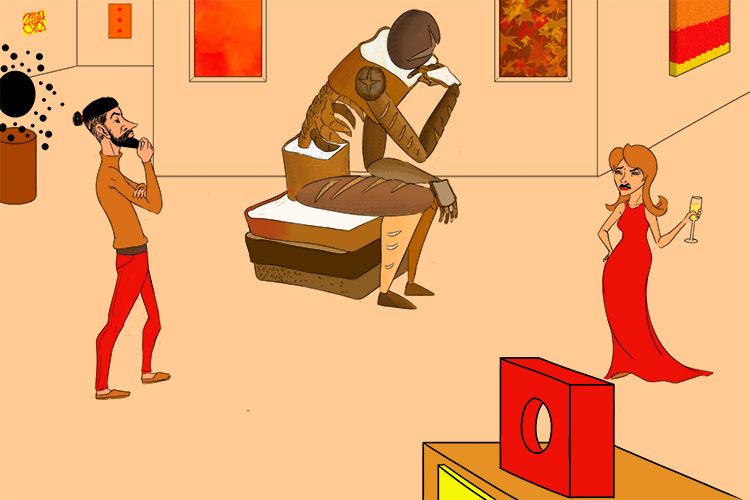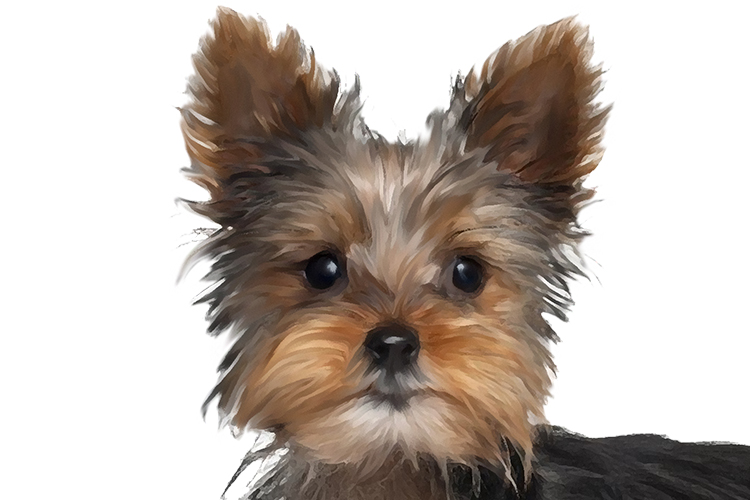Artificial selection – bred by humans
Process by which humans select individuals from a population with desirable characteristics to breed together in order to increase the characteristics’ prevalence within the population.

The art gallery officially (artificial) selected (selection) a man made of bread (bred) as their star attraction at the new exhibit.
Examples

Artificial selection by humans is used for many reasons. One such example is of fish keepers who produced the many different colour varieties of neocaridina shrimp.

Greyhounds are artificially selected to produce the fastest dogs for racing. By breeding only the fastest greyhounds with each other, humans increase the probability that the genes responsible for the physical characteristics which enable them to run fast will be passed on to the next generation. This increases the frequency of these genes within the greyhound population and over several generations, these genes become collected in individual dogs so they can run faster.

Artificial selection may also be used to produce desirable traits such as maximising the milk yields of dairy cows.

The reasons for artificial selection can also change: the Yorkshire terrier was originally bred for hunting rats and mice, but is now bred for its small size and physical appearance.




